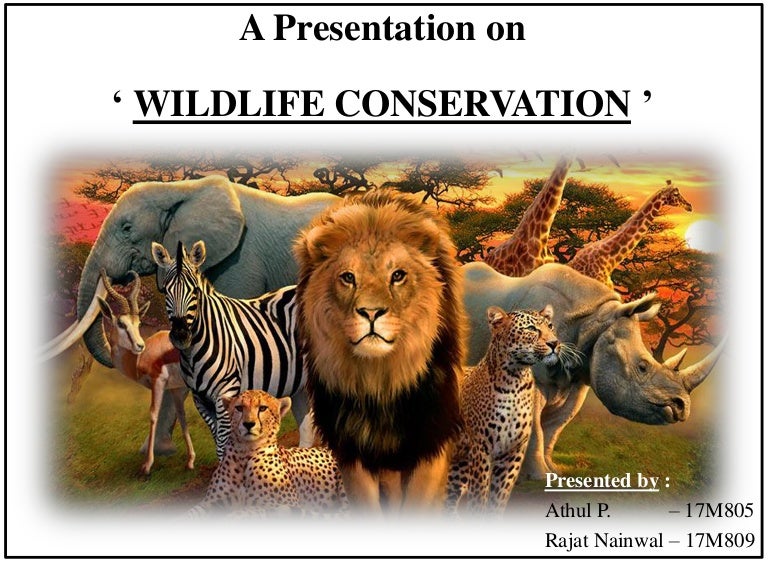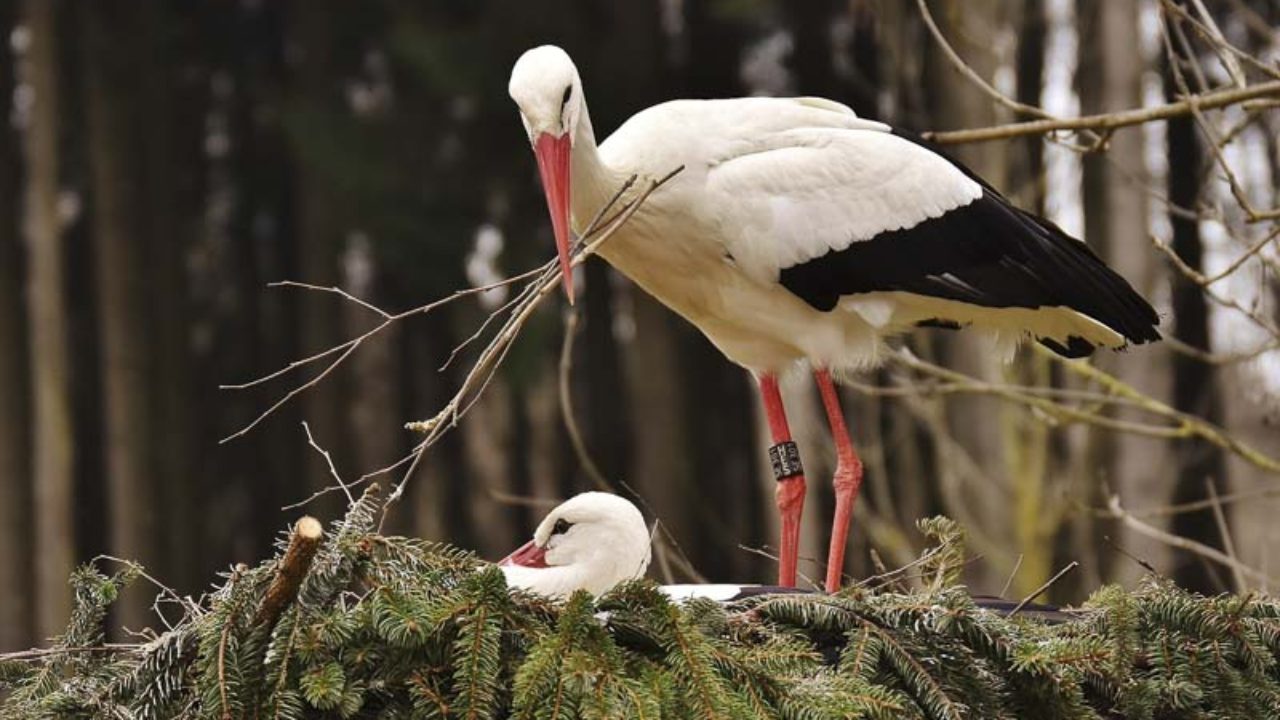A business as usual approach to GMAs would almost certainly result in perpetuation of the current cycle of declining ecological and economic productivity and waning social benefits. There is a need for change which must include greater government funding for ZAWA (and reduced reliance on GMAs for their income) and models that allow for much greater community ownership of and benefits from GMAs, while providing attractive bases for investment by the private sector.
Wildlife conservation refers to the well-planned practice of ensuring protection for wild animal species, their habitats, and plants. It can also be defined as the act of consuming natural resources responsibly and carefully so they will be available in the long-term. Conservation is distinct from preservation in the sense that preservation involves maintaining natural areas for their own sake, which includes protecting them from human use and intervention.
All organisms that are not directly acted upon by humans, such as uncultivated plants and undomesticated animals, could be considered forms of wildlife. More or less, the truth about wildlife is that our future generations should be allowed to enjoy the Mother Nature while recognizing the unshaken importance of wildlife towards our wellbeing and surroundings.
As wildlife conservation has become a need of the pressing demands which modern people must address, the following are some key points signifying the importance of conserving wildlife.
Table of Contents
1. Protection of biodiversity
The Mother Nature requires that different species stay connected by means of various food webs. It means that the extinction or demise of one particular species might influence one or more other species down the line. Conserving wildlife can be a preventive step to stay safe prior to any unforeseeable environmental issue. The loss of an animal that isn’t especially important economically or culturally could unexpectedly affect a type of animal that is, so widespread wildlife conservation is a general preventative measure for unforeseen problems.
2. Sustenance of agricultural activities
Wildlife conservation can significantly help us secure food supplies for the future. In agriculture, crop diversity protects food supplies from vulnerability to disease.
Different diseases can attack individual crops while just one crop grown in an entire field might succumb to just a blight. Also, wildlife conservation makes it possible that many of the plants which we are yet to use in our regular agricultural production might become some sorts of new crops.
Saving many wild plants might help us to use the various types of genetic materials which could be critical to the modification of crops which we are still using. If we can save wild plants, many of them can be chosen as the cornerstones for the development of biodegradable pesticides.
3. A motivation for research:
There may be many undiscovered plants and animals in the wild. The Economics of Ecosystems and Biodiversity (TEEB) refers to the importance of maintaining ecosystems and biodiversity for the sake of plants that provide substances used in both the pharmaceutical industry and traditional medicine.
We should maintain biodiversity and ecosystems just for wild plants which cater to our needs in making traditional medicine and enriching the pharmaceutical industry.
More than 50% of the drugs used worldwide are actually developed from plants, animals, and microbial organisms. The trend is still existent.
Relying on conducting research on wildlife as additional natural sources could be a more efficient initiative than depending on artificial manmade sources.
Chances are that failure to conserve wildlife could cause medical science experts to lose many of their important sources of knowledge.
4. Facilitation of eco-services economics:
Nowadays, our efforts for wildlife conservation could contribute to the restoration of positive economic consequences in these less than stable world economic circumstances.
A Game Management Area (GMA) in Zambia is a buffer zone around a national park in which licensed safari and subsistence hunting is permitted. It is a communal area in which people live by semi-subsistence agriculture, coexisting with wildlife. The community-based natural resource management (CBNRM) program allows Zambia Wildlife Authority (ZAWA) to share hunting license revenue and wildlife management responsibilities with the communities living in GMAs. The communities allocate the revenue resources between employment of village scouts, and local infrastructure and developmental projects through Community Resource Boards (CRBs) and Village Action Groups (VAGs).
Wildlife which makes for a good part of ecosystem activities has had an effect on the quality and quantity of fresh water that we drink. It might happen that our efforts to artificially purify water to compensate for relevant ecosystem damage could be nothing but a heavy financial loss.
Our integrated efforts to maintain the congruity of eco-services can easily illuminate our inefficiencies in attempting to replicate something artificially that our natural ecosystems have been doing for free since the inception of nature.
5. Assistance to ecotourism
Wildlife conservation is linked to the acceleration of ecotourism on a national level. Africa’s ecotourism is the biggest example of this fact.
African Wildlife Foundation states that conservation of wildlife is important because tourists enjoy a lot if they are given the chance to watch the bewildering variety of African animals living in natural habitats.
Wildlife has been an integral part of Africa’s ecotourism, which has gained considerable growth over the past few decades. Ecotourism has already been a very influential stimulus for African economies.
Finally, there is another reason why we must plan for wildlife conservation. Different wild animals and plant species often workWork is The transfer of energy from one physical system to a... More as indicators of various environmental problems and catastrophes. Also, conserving wildlife brings us some educational benefits, psychological improvements, and positive economic factors. Although many governments and non-government agencies have been on the lookout for viable conservation techniques, more balanced approaches and long-term initiatives are to be made for the ultimate success in wildlife conservation.
The Government of the Republic of Zambia identifies tourism as one of the growth frontiers for the country. Several interventions have been introduced in the areas around the national parks designated as GMAs. Lodges and campsites may employ local labour. Increased demand for handicraft and other nature based products may provide new enterprising opportunities. Traditional entertainment and culture may increase revenue potential from the tourists.
6. Education
Studying animals and their habitats can be a valuable learning experience for students of all ages. There are increasing evidences for the educational benefits of trips to the zoo or other wildlife conservation areas for children. Failures in wildlife conservation may leave teachers with fewer educational resources.


